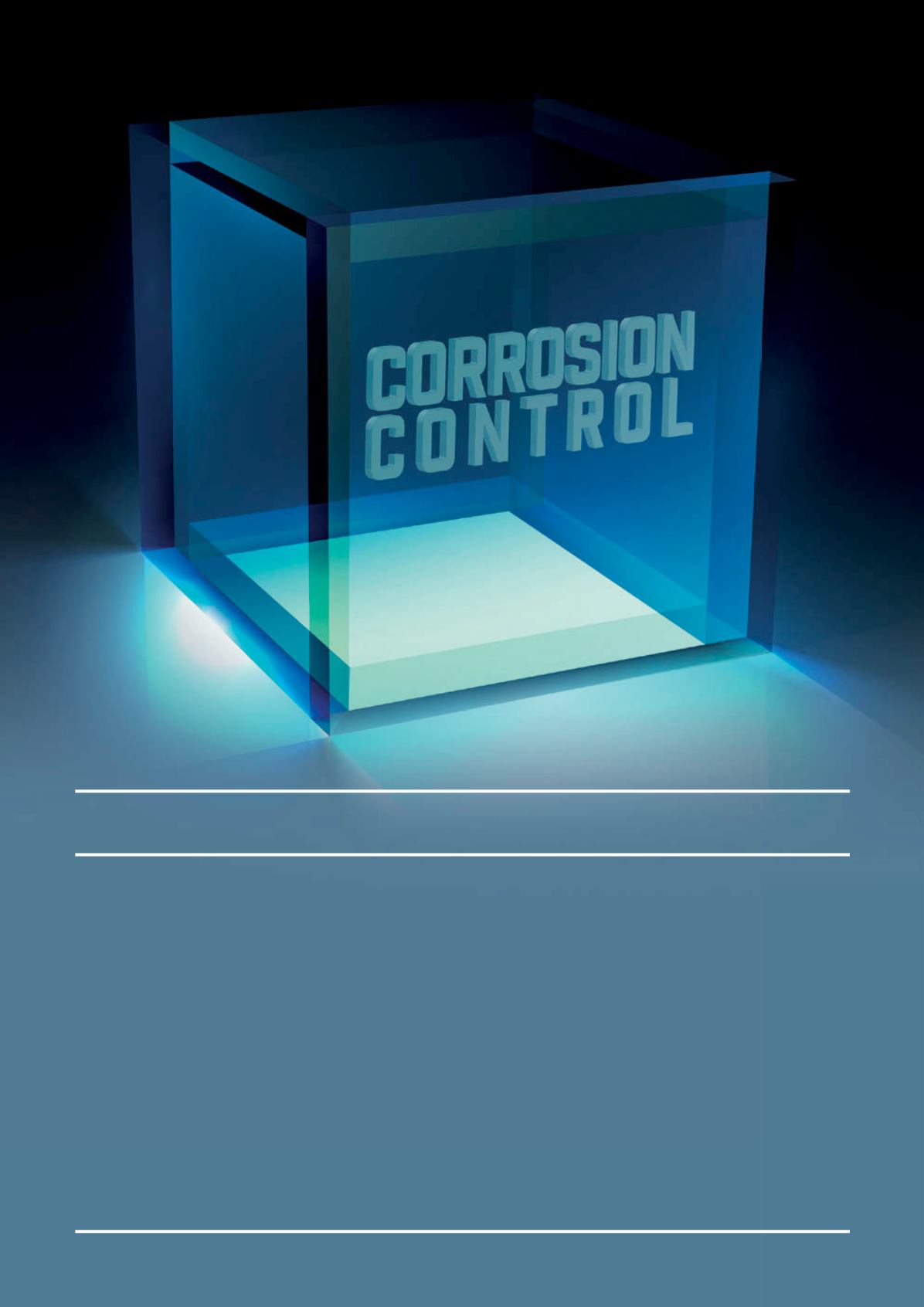
EGOITZ LOPATEGI AND RAQUEL RODRIGUEZ, TUBACEX GROUP, SPAIN,
OUTLINE
CORROSION AS MORE THAN JUST A CHEMICAL COMPOSITION AT FERTILIZER PLANTS.
E
ven in 2016 and with current metallurgical expertise,
corrosion is still the main challenge for material
manufacturers, engineering firms and chemical production
plants.
Fertilizer production is no different; in fact, it is even more
critical. The aggressive conditions encountered by materials in
fertilizer and, in particular, urea production plants are widely
known: the presence of ammonium carbamate intermediate at the
required pressure and temperature for effective production takes a
very heavy toll on materials even when they are designed for such
environments.
In the urea synthesis section, life expectancy of materials in
the stripper does not exceed 25 years. Top material producers,
who continuously introduce improvements in tube composition
and manufacture, have contributed to improved tube durability.
This also favours higher productivity requirements (more
demanding conditions) in plants designed by existing engineering
firms/licensors (Saipem, Casale, Stamicarbon or Toyo Engineering).
The manufacture of the different urea grades is complex and
even more so when the quality to be obtained is higher, having
taken care of all product life details: manufacture, assembly and
use. In particular, there are critical factors within the manufacture
scope that have a major impact on its usage behaviour.
In addition to this, each grade has certain properties that make
them ideal for the circumstances, process and plant section and,
as a result, grades are selected by the main engineering
firms/licensors on that basis. The most popular stainless steels are
still TP316L UG, 25.22.2 and UNS S32906, each used in the
process/section where they are most suitable and cost-effective.
But there is also a need to be aware of facts affecting
corrosion in the process. Apart from overall attack, it is important
to mention most important corrosion failure modes that can
appear in a typical HP section of a urea plant.
The main corrosion mechanisms acting on the different
high-pressure equipment at a urea plant have been identified as
the following:
75


